|
|
It has been estimated that there could be up to 250,000 species of moth and up to 20,000 species of butterfly world-wide. Many of them are yet to be described. It can sometimes be very difficult to tell if something is a moth or a butterfly and experts still argue over what are the differences between the two.
Here are a few of the common differences. There are, of course, always exceptions to the rule.
- Moths have feathery or comb-like antenna. Butterflies have smooth antenna with a club-shape on the end.
- Moths tend to have short, fat, very hairy bodies. Butterflies have smoother, more slender bodies with less hair.
- Moth wings can be quite thick and fluffy-looking, while butterfly wings look smoother.
- Moths are usually dull coloured. Butterflies typically have brightly coloured wings.
- Moth caterpillars spin silk cocoons in which to pupate. Butterfly caterpillars turn into an exposed pupa - a chrysalis.
- Moths are usually active at night, while butterflies are active during the day.
|
| |
Superfamily – Hesperioidea
These butterflies are commonly known as "Skippers".
All skippers belong in the family Hesperiidae.
|
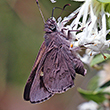
|
| |
|
Superfamily – Papilionoidea
These are commonly known as the "True Butterflies". There are five families within the Papilionoidea superfamily.
|
| |
|
Lycaenidae
The Blues and Coppers, or Gossamer-winged Butterflies.
|
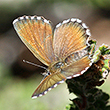 |
| |
|
Nymphalidae
The Brush-footed Butterflies.
|
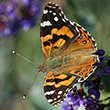 |
| |
|
Papilionidae
Swallowtails and Birdwings.
|
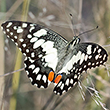 |
| |
|
Pieridae
The Whites or Yellows.
|
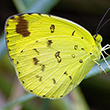 |
| |
|
Riodinidae
The Metalmark Butterflies.
None yet found in Girraween.
|
[No Photo]
|
| |
Adelidae
Fairy Long Horn Moths.
|
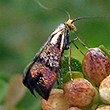 |
| |
|
Arctiidae
Footmen Moths, Lichen Moths,
Tiger Moths, and Wasp Moths.
|
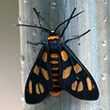 |
| |
|
Geometridae
Emerald Moths, Loopers, Inchworms.
|
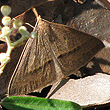 |
| |
|
Lasiocampidae
Eggar Moths, Snout Moths, Lappet Moths.
|
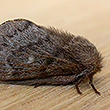 |
| |
|
Noctuidae
Armyworms, Cutworms, Underwings
and Whistling Moths.
|
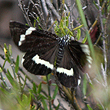 |
| |
|
Notodontidae
Prominent Moths.
|
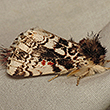 |
| |
|
Oecophoridae
Concealer Moths.
|
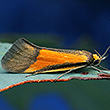 |
| |
|
Saturniidae
Emperor Moths.
|
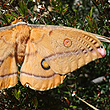 |
|

